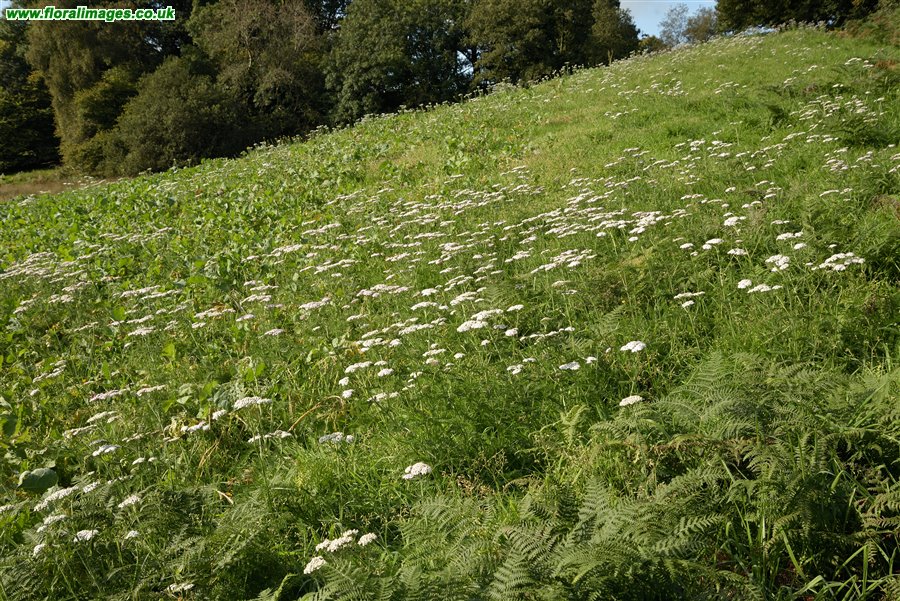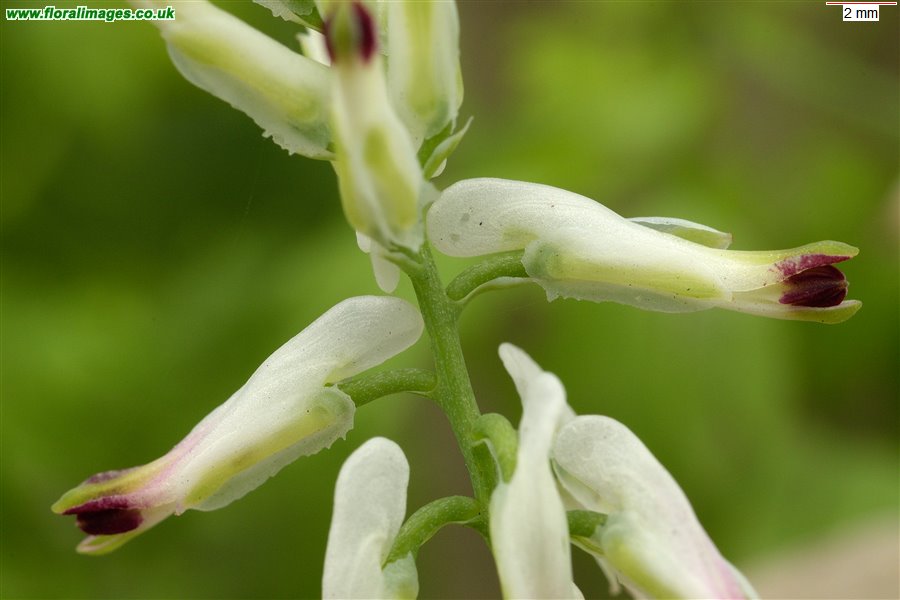I've been out with experts recently - so this blog features more than just the vascular plant world thanks to them.
But first the botany group were at Henallt Common because it hasn't actually been comprehensively recorded that recently. We recorded 120 species - and will revisit in spring / early summer to jack that total up a bit. But of course the "Naked Ladies" were the star attraction...
Meadow Saffron,
Saffrwm y ddôl
or
Colchicum autumnale
(Some call them Naked Ladies)
The Rowans were very heavy with berries:
Rowan,
Criafolen
or
Sorbus aucuparia
Then I visited the church at Llanfaes as Keith Noble had alerted me of a Broomrape population there. It is the same species as already established around Brecon Hospital - so has now apparently spread over the Usk.
Ivy Broomrape,
Gorfanhadlen eiddew
or
Orobanche hederae
(A parasitic plant living, in this case, on Atlantic Ivy roots.)
Then I joined Steph from Brecknock Wildlife Trust and Hannah from the Freshwater Habitats Trust on Llangorse Lake where I was introduced to these:
Water Spider
or
Argyroneta aquatica
Lake Limpet
or
Acroloxus lacustris
And I did manage to confirm (with the help of the referee for Charophytes, Nick Stewart) that Llangorse has Nitellopsis obtusa amongst its vegetation. I didn't get any photographs - in fact I only just managed to get a suitable specimen off to be verified as the samples disintegrated around me. See pictures of the (very primitive) plant here:
German site with pictures of Nitellopsis obtusa
Then Steph and I met up with plants-man extraordinaire, Andy Shaw at Brechfa to assess the Crassula invasion which was somewhat depressing (it is taking over very strongly).
But Andy recognised and pointed out this fungus which lives off a dead larva or pupa of a butterfly or moth under the ground.
Scarlet Caterpillarclub
or
Cordyceps militaris
Andy had recently spotted this plant which is not often seen in these parts at all. So I went to Talgarth to photograph it. We don't even see the common Fumitory species very often in our botanising trips...
White Ramping-fumitory,
Mwg-y-ddaear gwyn
or
Fumaria capreolata
I will finish with some pictures of the experts at work:
Surveying for Leeches at Llangorse
Monitoring Crassula where mud and rare plants should be at Brechfa.














































